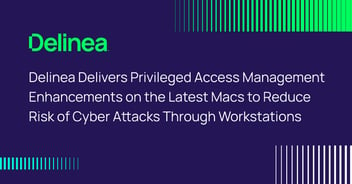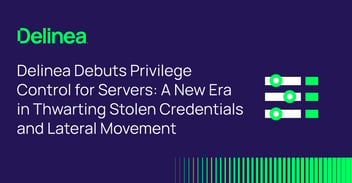Thycotic Delivers New “Definitive Guide to Endpoint Privilege Management” eBook To Help Companies Prevent Privileged Access Abuse

Kali Linette
Washington, DC. January 26, 2021 – Thycotic, a provider of privileged access management (PAM) solutions to more than 12,500 organizations worldwide, including 25 of the Fortune 100, today announced the availability of its new ebook, “Definitive Guide to Endpoint Privilege Management (EPM)”. Published in conjunction with CyberEdge Group, it addresses one of the most important cybersecurity vulnerabilities of any organization: endpoints such as desktops, laptops, tablets, and mobile devices running Windows, Linux, macOS, or Unix operating systems.
According to the eBook endpoints represent fertile ground for attacks because, more often than not, their users, applications, and services have elevated privileges that give cyber criminals an easy on-ramp to the inner workings within your organization. Because of this, the guide explains how organizations can protect themselves with a cybersecurity strategy of “least privilege” that limits access to only the functionality each user, application, and service needs to do its job. Implementing EPM with automated tools that enforce least privilege without impacting user productivity, ensures that if malware or a cyber criminal gains a foothold in your network, the threat’s lateral movement will be limited, and the breach contained.
Thycotic’s “Definitive Guide to Endpoint Privilege Management” ebook:
- Explores endpoint application control and how least privilege should be applied to applications and services
- Shows how to Integrate EPM into your existing IT Security ecosystem
- Describes common EPM pitfalls and how to avoid them
- Details strategies you can use for a successful EPM roll-out
“The publication of this guide is especially timely given that so many employees are working remotely these days,” said James Legg, president, and CEO at Thycotic. “It provides specific recommendations on how to get an endpoint security program started as well as how to evaluate current technologies that will automate the process.”



a5ef.jpg)